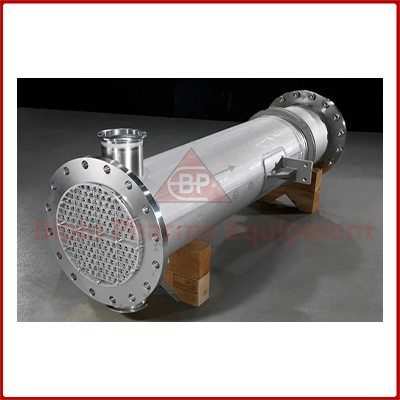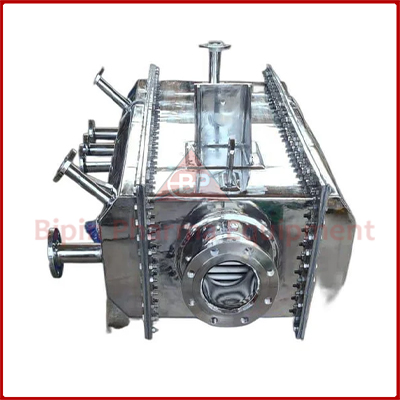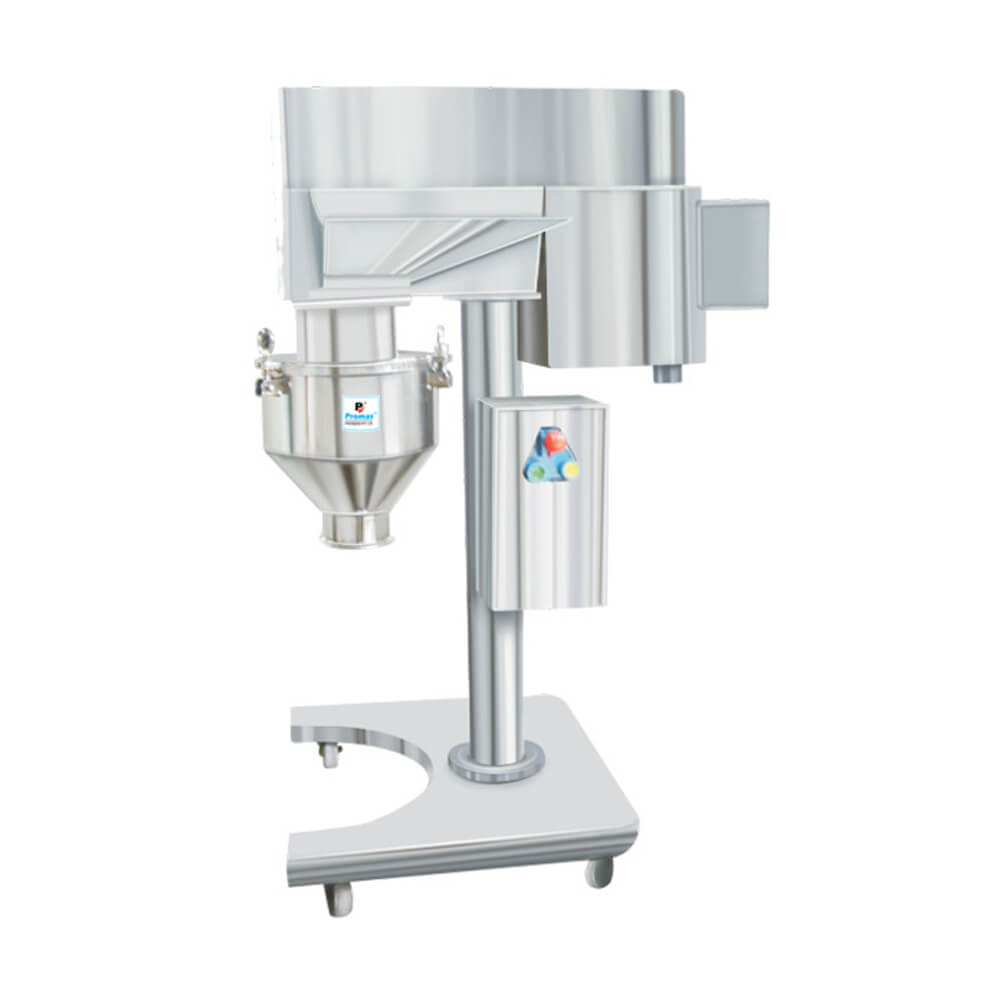Condenser in Roorke
A condenser is an essential component of a chemical reactor system used to condense and collect vaporized substances, typically solvents or reaction by-products, back into a liquid phase. It plays a crucial role in maintaining the efficiency of chemical processes and ensuring the safe operation of reactors.
Here are the key salient features of a chemical reactor condenser:
-
Condensation Efficiency: A chemical reactor condenser is designed to efficiently convert vapor-phase substances into liquid form, ensuring maximum recovery of valuable solvents and minimizing product loss.
-
Heat Transfer: Condensers utilize heat transfer mechanisms to cool and condense vapors. They may use various cooling methods, such as water, air, or refrigerants, depending on the application.
-
Coolant Control: Many condensers allow precise control over the temperature and flow rate of the cooling medium, ensuring optimal heat transfer and condensation rates.
-
Compact Design: Condensers are often compact in design, allowing them to be integrated into chemical reactor systems with minimal space requirements.
-
Efficient Vapor Contact: Condenser designs maximize contact between the vapor and cooling surface to enhance condensation efficiency.
-
Safety Features: Condensers are equipped with safety features like pressure relief valves and temperature monitoring to prevent overpressure or overheating.
-
Materials of Construction: Condensers are typically constructed from corrosion-resistant materials, such as stainless steel or glass, to withstand the harsh chemical environments of reactors.
-
Easy Maintenance: They are designed for ease of maintenance and cleaning, with accessible components and quick-disconnect features.
-
Multiple Configurations: Condensers come in various configurations, including coil, shell and tube, and jacketed types, to suit different reactor setups and applications.
-
Versatility: Some condensers are versatile and can be used for both batch and continuous processes, accommodating various reactor designs and requirements.
-
Integration: Condensers can be integrated into reactor systems seamlessly, allowing for efficient solvent recovery and process control.
-
Pressure Control: In some applications, condensers can maintain specific pressures within the reactor by adjusting the cooling rate and condensation efficiency.
-
Temperature Monitoring: Many condensers have temperature sensors and controls to ensure that the condensation process occurs within the desired temperature range.
-
Energy Efficiency: Condensers are designed to be energy-efficient, with options for recirculating coolant and optimizing cooling efficiency.
-
Compliance with Regulations: Condenser designs may adhere to industry-specific regulations and standards, especially in pharmaceutical and chemical manufacturing.
-
Documentation and Compliance: Models designed for pharmaceutical and chemical industries often come with comprehensive documentation packages, including validation documentation (IQ, OQ, DQ/Manual), to ensure regulatory compliance.
-
Corrosion Resistance: Condensers are designed to resist corrosion from the chemicals and solvents used in the reactor process.
Condensers are critical components in chemical reactor systems, allowing for efficient heat exchange and solvent recovery. Their features are tailored to the specific requirements of chemical processes, enhancing safety, efficiency, and product quality in various industries.



